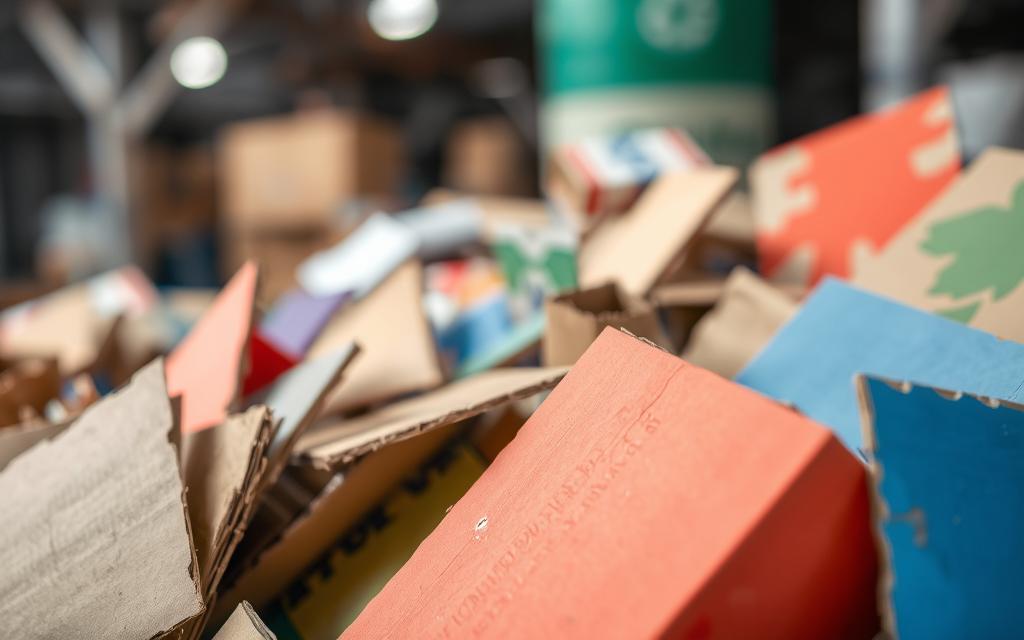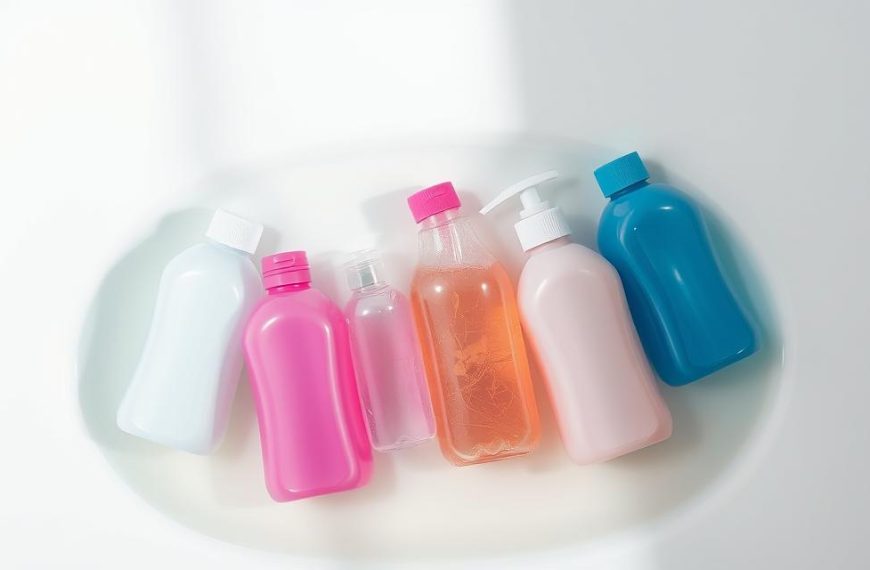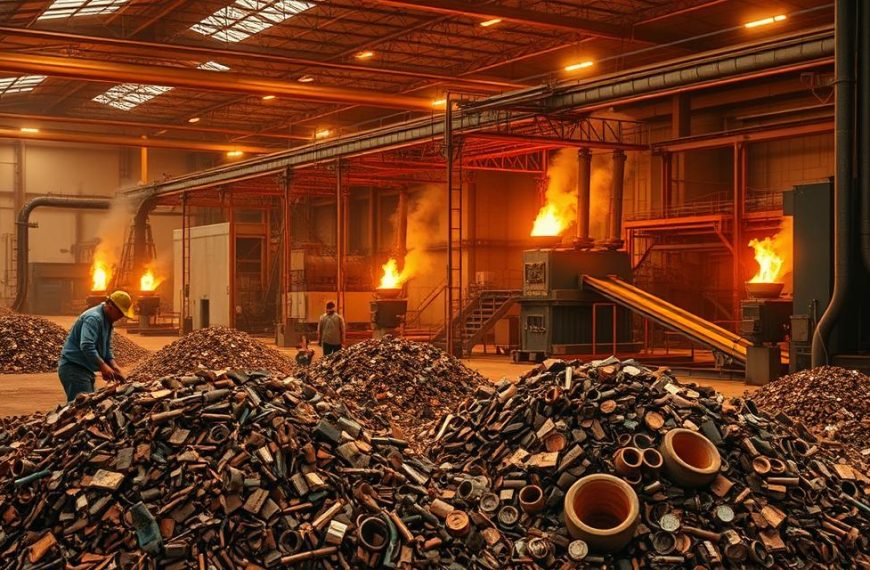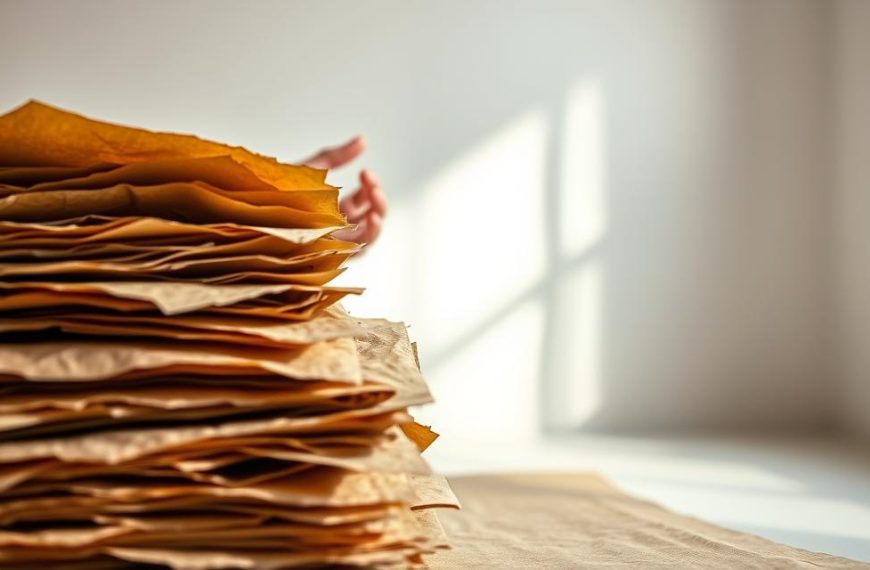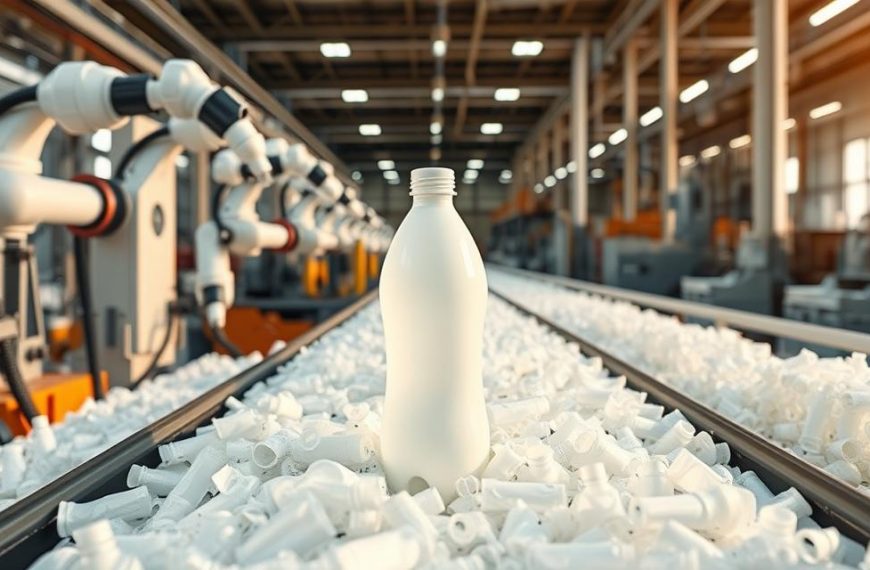Recycling is a crucial step in reducing waste and preserving resources. However, not all materials are equally suited for this process. Cardboard, a common recyclable product, often faces challenges when coated with paint or other substances.
Facilities typically reject boxes or materials with adhesives, glitter, or paint due to contamination risks. These substances can interfere with the recycling process, making it difficult to transform them into new products.
Many consumers unknowingly include non-compliant materials in their recycling bins. This highlights the importance of understanding local guidelines and the type of paint used. Proper disposal ensures minimal environmental impact and supports efficient recycling efforts.
By addressing these factors, individuals can make informed decisions about handling painted cardboard. This small step contributes to a larger goal of reducing waste and promoting sustainability.
Understanding Cardboard Recycling Basics
Understanding the basics of cardboard recycling helps reduce environmental impact. This process involves transforming used cardboard into new products, conserving resources and minimizing waste. However, not all boxes are created equal, and their recyclability depends on their type and condition.
What is Cardboard Recycling?
Cardboard recycling is the process of collecting, sorting, and reprocessing fibers to create new materials. Clean and dry cardboard is ideal for this purpose, as contaminants can disrupt the process. Facilities typically handle two main types: corrugated and paperboard.
Types of Cardboard and Their Recyclability
Corrugated cardboard, often used in shipping, is multi-layered and rigid. It’s highly recyclable when free from adhesives or coatings. Paperboard, like cereal boxes, is thinner and single-layered. Both types are recyclable if uncontaminated.
Here’s a quick breakdown of recyclability factors:
- Clean, dry cardboard is preferred for recycling.
- Wax-coated or contaminated variants may not be accepted.
- Contamination thresholds are strict, often requiring ≤5% non-paper materials.
The recycling process involves several steps:
- Curbside collection of used boxes.
- Sorting to separate materials.
- Pulping to break down fibers.
- Manufacturing into new products.
By adhering to these guidelines, individuals can contribute to efficient recycling efforts and support sustainability.
Can You Recycle Cardboard with Paint on It?
The recyclability of painted materials often depends on their composition and condition. Paint can introduce chemicals or residues that disrupt the recycling process, making it harder for facilities to transform them into new products. Understanding these factors is key to making informed decisions.
Factors Affecting Recyclability of Painted Cardboard
Several factors determine whether painted items can be recycled. The type of paint used plays a significant role. Water-based paints, such as acrylic or latex, are often more acceptable than oil-based or enamel variants. Partial paint coverage may allow salvageable sections to be processed, while heavily coated materials are typically rejected.
Facilities often have specific rules, such as accepting items with less than 30% painted areas. Scraping or cutting out painted sections can improve recyclability. Craft projects with minimal paint are more likely to be accepted than industrial coatings.
Types of Paint and Their Impact on Recycling
Different paints have varying effects on the recycling process. Water-based paints are less likely to contaminate pulp, making them more suitable for recycling. Oil-based paints, on the other hand, introduce harmful chemicals that can disrupt the process.
Here’s a comparison of paint types and their recyclability:
| Paint Type | Recyclability |
|---|---|
| Water-based (acrylic, latex) | Generally acceptable |
| Oil-based (enamel) | Often rejected |
“The type of paint used can make or break the recyclability of a material. Always check local guidelines to ensure proper disposal.”
By understanding these factors, individuals can take steps to minimize contamination and support efficient recycling efforts.
Challenges of Recycling Painted Cardboard
Handling painted materials in recycling systems presents unique challenges. Paint residues can interfere with the process, leading to inefficiencies and increased costs. Understanding these issues helps improve recycling efforts and reduce environmental impact.
Contamination Risks
Paint particles often mix with pulp during the recycling process, weakening the quality of new products. Dried paint flakes or adhesives can clog machinery, causing delays and additional maintenance. Cross-contamination risks can affect entire batches, rendering them unusable.
Facilities face higher landfill fees and carbon footprints when rejecting contaminated loads. This not only increases waste but also undermines sustainability goals. Comparing these challenges to greasy pizza boxes or wax-coated cartons highlights the severity of the issue.
Processing Limitations
Recycling facilities are often ill-equipped to handle heavily painted materials. The presence of oil-based paints introduces harmful chemicals that degrade pulp quality. Even water-based paints, though less harmful, can complicate the process if applied in large quantities.
Here are some key limitations:
- Paint residues clog machinery, increasing operational costs.
- Contaminated batches require additional sorting and disposal efforts.
- Rejected loads contribute to landfill waste, countering recycling goals.
“The challenges of recycling painted materials highlight the need for better preparation and awareness.”
By addressing these issues, individuals and facilities can work together to improve recycling efficiency and reduce environmental harm.
How to Prepare Painted Cardboard for Recycling
Proper preparation ensures painted materials meet recycling standards. Taking the right steps improves the chances of success and supports eco-friendly practices. This involves removing contaminants and ensuring the cardboard is clean and dry before placing it in the bin.
Removing Paint and Contaminants
Start by scraping off any paint or cutting out affected areas. For stubborn residues, eco-friendly solvents can be effective. Sanding is another option for smoothing surfaces. This step reduces contamination risks and ensures the materials are suitable for the process.
Proper Cleaning and Drying Techniques
After removing paint, clean the cardboard with warm water and mild soap. Avoid excessive water to prevent warping. Thorough drying is essential to prevent mold and equipment damage. Always check local guidelines for specific preparation requirements.
By following these steps, individuals can ensure their boxes are ready for recycling. This not only supports facilities but also contributes to a more sustainable future.
Best Practices for Recycling Cardboard
Effective recycling practices start with understanding local rules and proper preparation. Following guidelines ensures materials meet standards and supports efficient processes. This section outlines key steps to maximize recycling success.
Local Recycling Guidelines
Municipalities often have specific rules for recycling. Some areas use single-stream systems, where all materials are collected together. Others rely on multi-stream systems, requiring pre-sorting. Always check local websites or resources like cardboard recycling guidelines for accurate information.
Sorting and Flattening Cardboard
Proper preparation improves recycling efficiency. Flattening boxes saves space and reduces hauling costs. Remove plastic tape, liners, and non-paper inserts to prevent contamination. Bundling materials neatly ensures they are processed smoothly at facilities.
| Preparation Step | Benefit |
|---|---|
| Flatten boxes | Saves space and reduces costs |
| Remove plastic tape | Prevents contamination |
| Bundle neatly |
“Proper preparation of cardboard not only supports recycling efforts but also reduces waste and operational costs.”
Non-compliance can lead to penalties, such as rejected bin collections. By following these steps, individuals contribute to a more sustainable future and support efficient recycling systems.
Environmental Benefits of Recycling Cardboard
Recycling cardboard offers significant environmental advantages, from reducing landfill waste to conserving natural resources. By diverting materials from landfills, this process helps minimize environmental harm and supports sustainability goals. Understanding these benefits encourages individuals and businesses to participate actively in recycling efforts.
Reducing Landfill Waste
Cardboard accounts for nearly 40% of landfill space when not recycled. This not only consumes valuable land but also contributes to methane emissions as the material decomposes. Recycling reduces this burden, keeping waste out of landfills and lowering greenhouse gas emissions.
Here’s how recycling impacts landfill waste:
- Diverts tons of cardboard from landfills annually.
- Reduces methane emissions, a potent greenhouse gas.
- Supports cleaner, more efficient waste management systems.
Conserving Natural Resources
Recycling one ton of cardboard saves 17 trees and 7,000 gallons of water. This conservation effort helps preserve forests, which play a critical role in absorbing CO2 and maintaining biodiversity. Additionally, recycling reduces the energy required to produce new products, further lowering environmental impact.
Key resource-saving benefits include:
- Protecting forests and reducing deforestation.
- Conserving water and energy in manufacturing processes.
- Promoting a circular economy by reusing materials.
“Recycling cardboard not only conserves resources but also supports a healthier planet by reducing waste and emissions.”
According to the EPA, cardboard had an 88.8% recycling rate in 2022, showcasing its potential for environmental impact. By embracing these practices, individuals and businesses can contribute to a more sustainable future.
Conclusion
Proper disposal of painted materials supports eco-friendly practices and reduces contamination risks. Understanding the type of paint used and preparing cardboard correctly ensures it meets local recycling standards. Always check guidelines to avoid placing non-compliant items in the bin.
Proactive contamination checks before disposal make a significant difference. Removing paint or cutting out affected areas improves the process and supports efficient recycling efforts. Small steps like these contribute to a larger collective impact on sustainability.
For ZIP-based guidelines, visit Recycle Nation to ensure compliance with local rules. By adopting eco-conscious habits, individuals can help reduce waste and promote a healthier planet. Every effort counts in building a more sustainable future.

